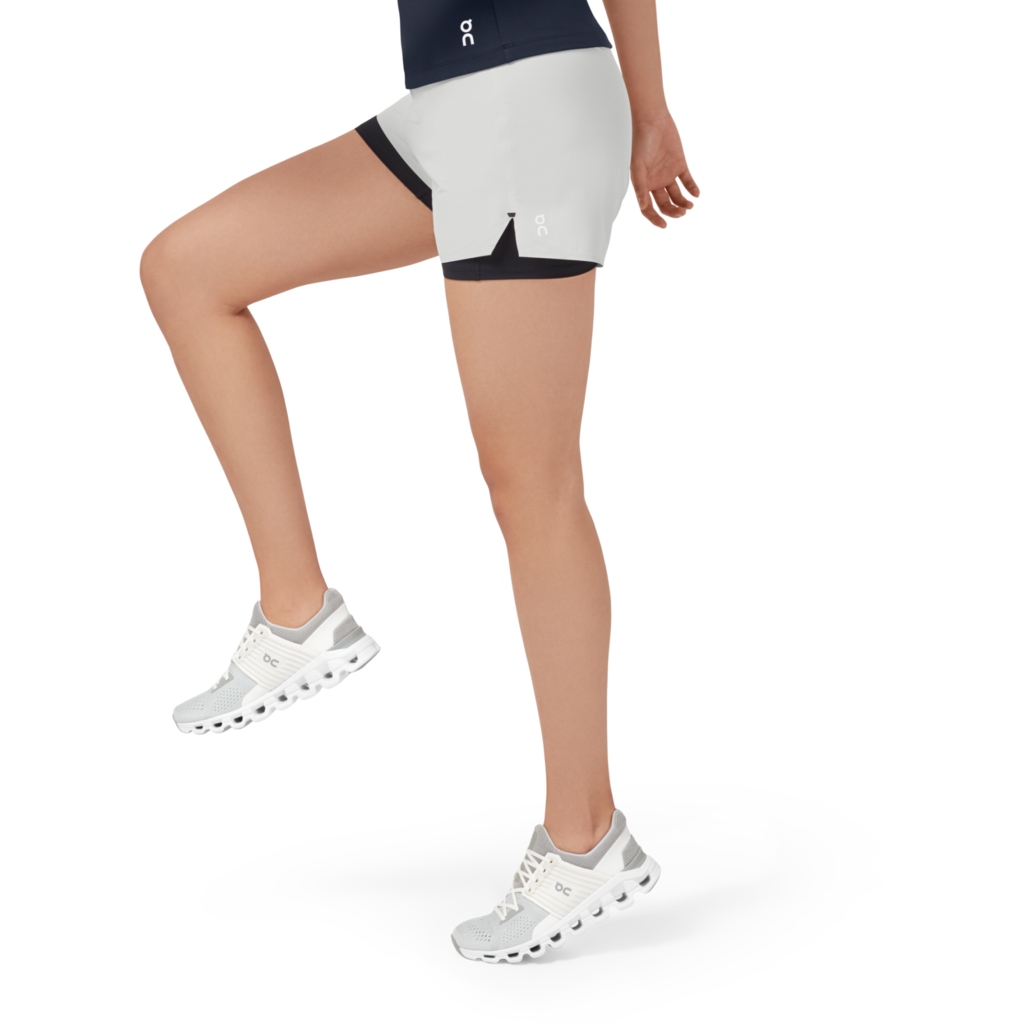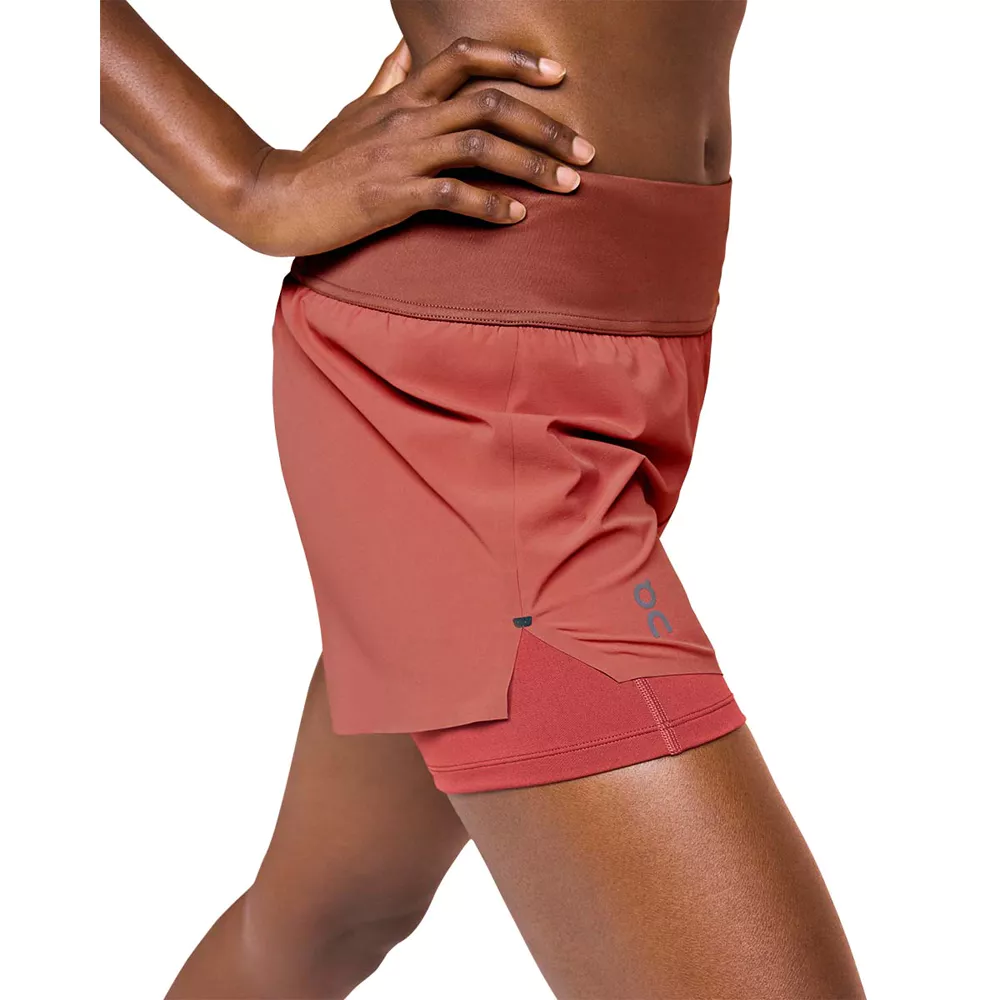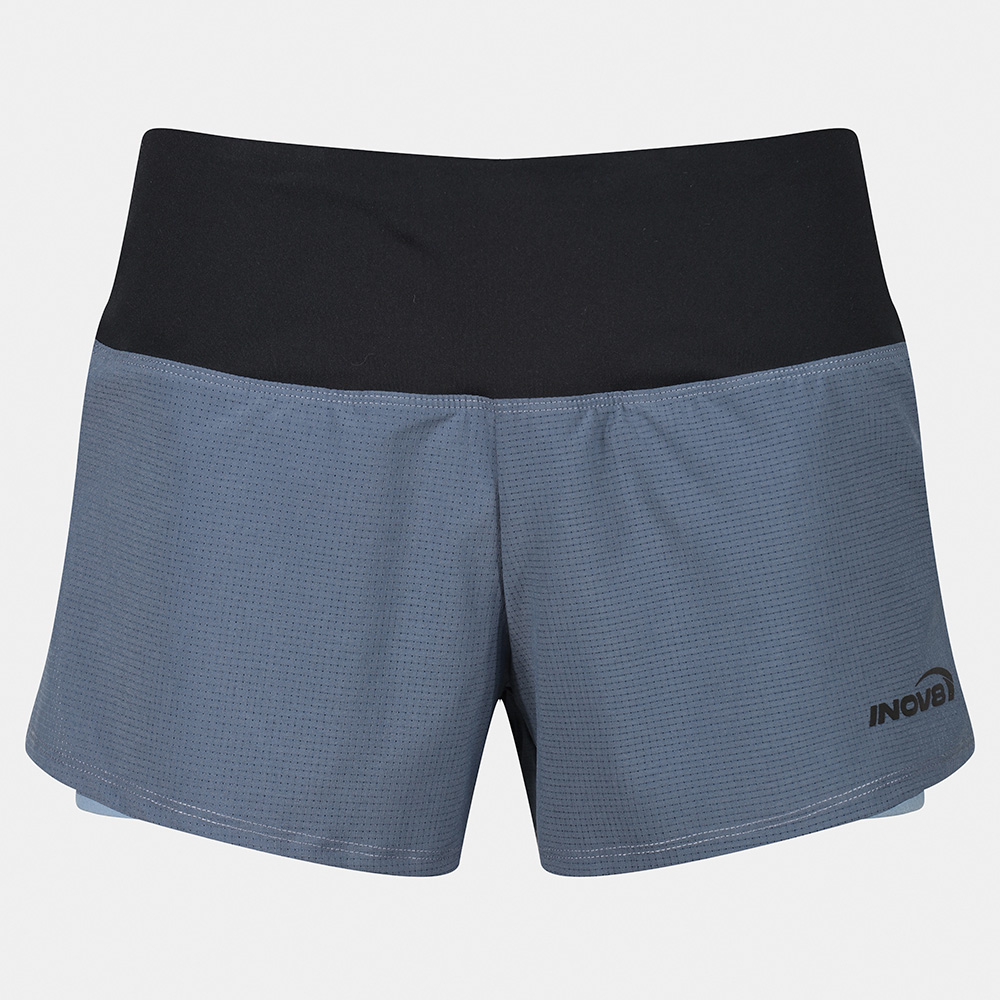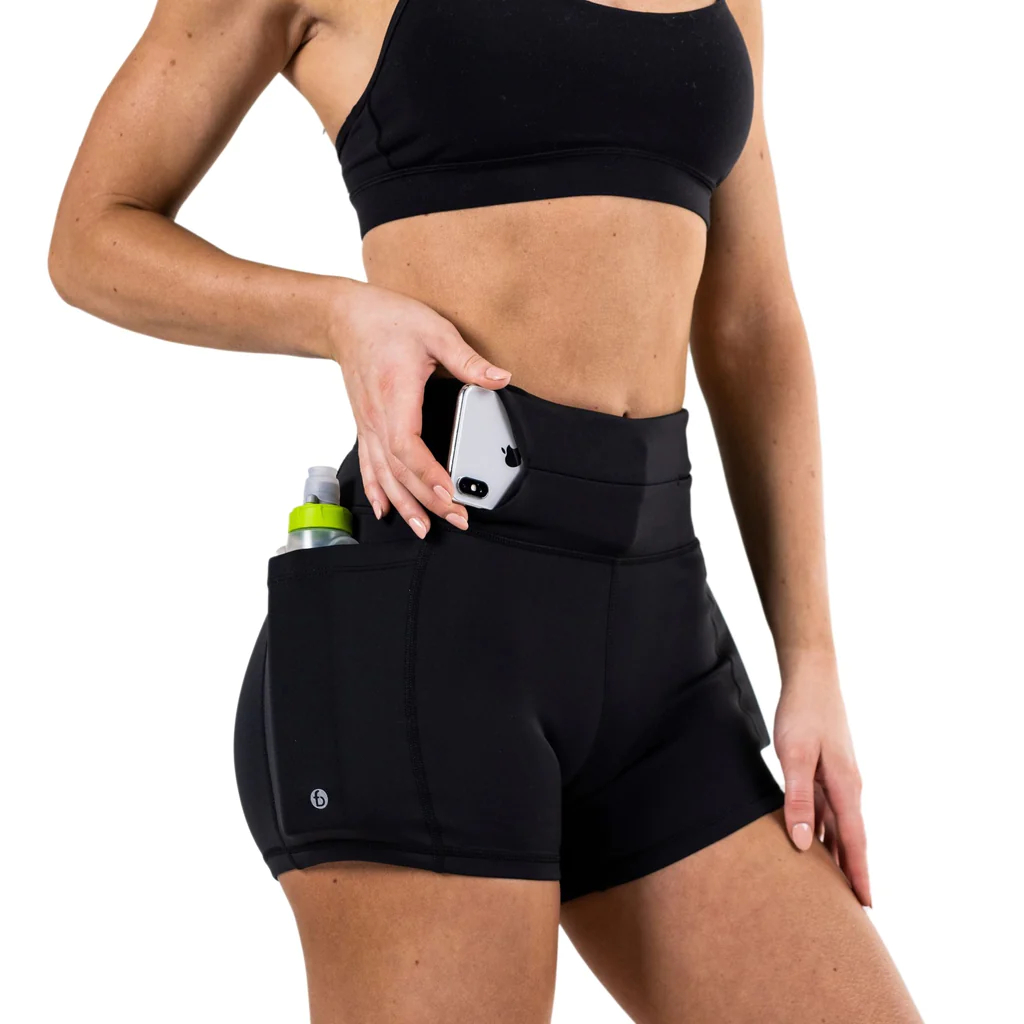Running short are an essential piece of attire for anyone who enjoys running, whether they are a beginner or a seasoned athlete. They offer comfort, freedom of movement, and essential features designed to enhance the running experience. This comprehensive guide covers the types of running shorts, materials and fabrics, fit and style considerations, essential features, maintenance tips, and expert advice on choosing the right pair.
Types of Running Shorts
Traditional Running Shorts
Traditional short are lightweight and typically feature a loose fit. They are designed to provide maximum airflow and reduce chafing. These shorts often come with built-in liners that offer support and moisture-wicking properties. Traditional running shorts are suitable for most running activities and are favored by those who prefer a more relaxed fit. They are ideal for long-distance running, where comfort and breathability are paramount. The loose design allows for unrestricted movement, making them a popular choice among runners.
Compression Shorts
Compression short are form-fitting and designed to provide support to the muscles during physical activity. They improve blood flow, reduce muscle fatigue, and enhance performance. Compression shorts are often made from stretchy, moisture-wicking fabrics that provide a snug fit. They are ideal for high-intensity workouts, sprinting, and recovery runs. Additionally, compression shorts can be worn under traditional running short for added support. Their close fit reduces the risk of chafing and provides a streamlined silhouette, making them a favorite among serious runners and athletes.

Materials and Fabrics
Synthetic Fabrics
Most running short are made from synthetic fabrics like polyester, nylon, or spandex. These materials are known for their moisture-wicking properties, durability, and lightweight nature. Synthetic fabrics efficiently wick sweat away from the body, keeping runners dry and comfortable. They also dry quickly, reducing the risk of skin irritation and chafing. Polyester and nylon are commonly used in traditional running shorts, while spandex is often found in compression shorts. The combination of these materials provides the perfect balance of comfort and performance.
Natural Fabrics
While less common, natural fabrics like cotton are sometimes used in running short. Cotton is soft and breathable but lacks the moisture-wicking capabilities of synthetic fabrics. Cotton running shorts can become heavy and damp with sweat, leading to discomfort during long runs. However, advancements in fabric technology have led to blends of cotton and synthetic fibers, offering the benefits of both materials. These blends provide the softness of cotton with the moisture management of synthetic fabrics, making them suitable for low-intensity runs or casual wear.
Fit and Style Considerations
Length and Inseam
Running short come in various lengths and inseams to suit different preferences and activities. Shorter inseams (2-4 inches) are ideal for sprinting and track workouts, offering maximum range of motion and minimal fabric interference. Medium inseams (5-7 inches) provide a balance of coverage and mobility, making them suitable for most runners. Longer inseams (8-10 inches) offer more coverage and are favored by those looking for added protection from the elements or who prefer a more modest fit. Choosing the right inseam length depends on personal comfort and the type of running activity.
Waistbands and Fit
The waistband of running short plays a crucial role in comfort and fit. Elastic waistbands with drawstrings provide a secure and adjustable fit, ensuring the shorts stay in place during runs. Some running shorts feature wide, flat waistbands that distribute pressure evenly and reduce the risk of digging into the skin. The fit of running shorts should be snug enough to stay in place but not so tight that they restrict movement. A well-fitted pair of running shorts provides support without causing discomfort, allowing for a more enjoyable running experience.

Essential Features of Running Shorts
Pockets and Storage
Many running shorts come with pockets for storing small essentials like keys, gels, or a phone. Zippered pockets provide added security, ensuring items stay in place during runs. Some shorts feature internal pockets within the waistband or built-in compression liners with pockets for convenient storage. These features are especially useful for long-distance runners who need to carry nutrition or personal items. Having accessible storage options adds to the convenience and functionality of running shorts, making them more versatile for different types of runs.
Reflective Elements and Safety
Safety is a key consideration for runners, especially those who run in low-light conditions. Running shorts with reflective elements increase visibility to motorists and other runners. Reflective strips, logos, or patterns on the shorts catch light and enhance safety during early morning or evening runs. Choosing running shorts with built-in reflectivity ensures added safety without the need for additional gear. Combining these shorts with other reflective accessories, such as vests or armbands, further enhances visibility and safety.

Maintenance Tips for Running Shorts
Washing and Drying
Proper care and maintenance of women shorts can extend their lifespan and maintain their performance. Wash running shorts in cold water with mild detergent to preserve the fabric’s integrity and moisture-wicking properties. Avoid using fabric softeners, as they can clog the moisture-wicking fibers. It is best to let running shorts air dry, as high heat from dryers can damage synthetic fabrics. If machine drying is necessary, use a low heat setting. Following these washing and drying tips helps keep running shorts in optimal condition.
Storage and Care
Store running shorts in a cool, dry place, away from direct sunlight to prevent fabric degradation. Avoid folding or cramming them into tight spaces, as this can cause wrinkles and damage the elastic components. If the shorts have built-in liners or compression features, take extra care to maintain their shape. Roll or lay them flat for storage to preserve their elasticity and fit. Taking proper care of running shorts ensures that they remain comfortable, functional, and ready for the next run.

Expert Advice on Choosing Running Shorts
Assessing Personal Needs
Choosing the right pair of running shorts involves assessing personal needs and preferences. Consider the type of running you primarily do, such as long-distance, sprinting, or trail running. Think about the climate and typical weather conditions you run in, as some fabrics and features may be more suitable for different environments. Pay attention to how the shorts feel during movement, ensuring they do not ride up, chafe, or restrict motion. Trying on several styles and brands can help identify the best fit and features for individual needs.
Recommendations from Experienced Runners
Experienced runners often have valuable insights and recommendations based on their personal experiences. They can suggest reputable brands known for quality and performance, as well as specific models that have worked well for them. Joining running groups or online forums can provide access to reviews and advice from fellow runners. Listening to the experiences of seasoned runners can help make informed decisions and find the perfect pair of running shorts. These recommendations can guide new runners in choosing shorts that enhance comfort, performance, and enjoyment during runs.
In conclusion, running short are a critical component of a runner’s wardrobe, offering comfort, functionality, and essential features. By understanding the different types of running shorts, materials, fit, and essential features, runners can make informed decisions. Proper maintenance and care extend the lifespan of running shorts and ensure they perform well. Listening to expert advice and personalizing choices based on individual needs leads to a more enjoyable and effective running experience. The right pair of running shorts can enhance performance, comfort, and overall satisfaction for runners at any level.
